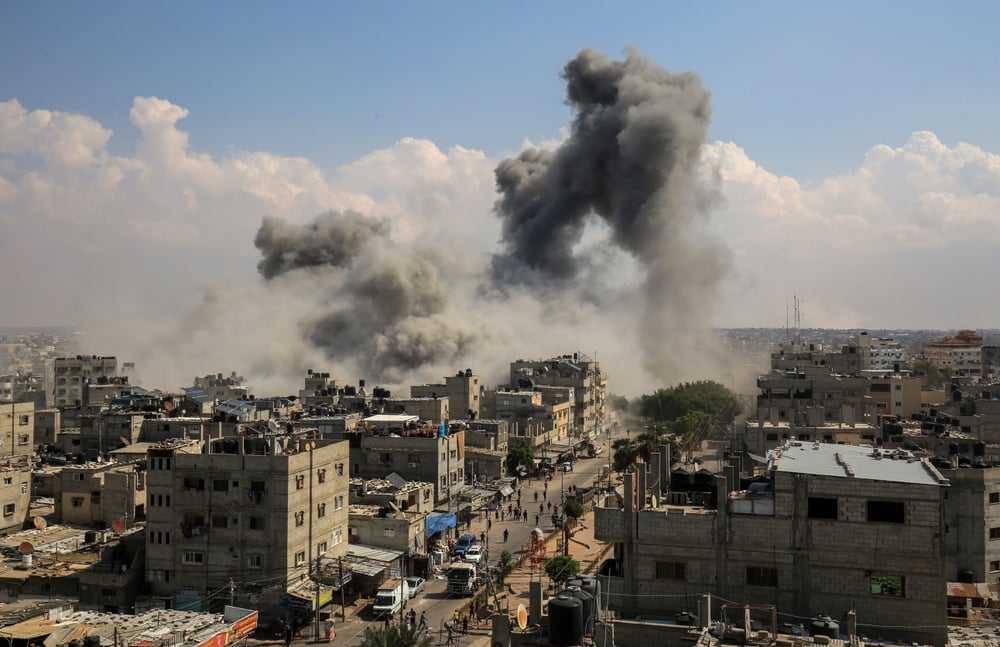Ceasefire Marks a Turning Point
After 15 months of intense conflict, Israel and Hamas have reached a phased ceasefire agreement aimed at halting violence and addressing the humanitarian crisis in Gaza. The deal, which involves a structured three-phase approach, is expected to bring relief to millions affected by the war and pave the way for long-term stability.
The first phase, lasting six weeks, will see the release of 33 Israeli hostages, including women, children, and elderly men, in exchange for hundreds of Palestinian prisoners held in Israeli custody. During this time, a temporary halt to hostilities will allow humanitarian aid to flow into Gaza, providing critical resources to its displaced population.
Steps Toward a Permanent Solution
Negotiations for the second phase will begin on the 16th day of the ceasefire. This phase is intended to secure:
- The release of all remaining hostages.
- A permanent ceasefire agreement.
- The withdrawal of Israeli forces from Gaza.
While both sides have expressed tentative approval, unresolved issues remain. Israeli Prime Minister Benjamin Netanyahu emphasized the importance of finalizing key details, stating, “We are committed to securing our hostages and ensuring Israel’s safety.”
Reconstruction and Recovery
The third and final phase of the agreement focuses on healing and rebuilding. This phase includes the return of the remains of deceased hostages and the start of an ambitious reconstruction effort in Gaza, supervised by Egypt, Qatar, and the United Nations. Rebuilding efforts will prioritize restoring housing, infrastructure, and essential services for the millions displaced during the war.
Role of International Mediators
The agreement follows months of diplomacy led by Egypt, Qatar, and the United States. The involvement of international mediators played a critical role in bridging gaps between the two sides. Analysts credit U.S. intervention for bringing the parties closer to an agreement, with Rami Khouri noting, “This deal would not have been possible without significant American pressure.”
Reactions on the Ground
The ceasefire has sparked mixed emotions among those affected by the conflict. In Gaza, residents expressed relief at the prospect of peace. Abed Radwan, displaced from Beit Lahiya, shared his hope for the future, saying, “This is our chance to rebuild and heal.”
In Israel, families of hostages cautiously welcomed the news. Sharone Lifschitz, whose father is among the hostages, said, “I pray this is the beginning of their return. It’s hard to hope after so much loss.”
Challenges to Lasting Peace
Despite the progress, significant hurdles remain. Questions about who will govern Gaza and how the region will recover linger. Additionally, tensions between regional powers continue to pose a threat to the fragile peace.
The ceasefire agreement offers a framework for resolving immediate issues, but its success depends on sustained cooperation and trust between both sides.
A Chance for Change
This phased ceasefire agreement represents a critical opportunity to end years of suffering and violence. While challenges remain, the commitment to dialogue and reconstruction offers a path forward for Gaza and Israel. As the first phase unfolds, the world watches with hope for a future free from conflict.





















